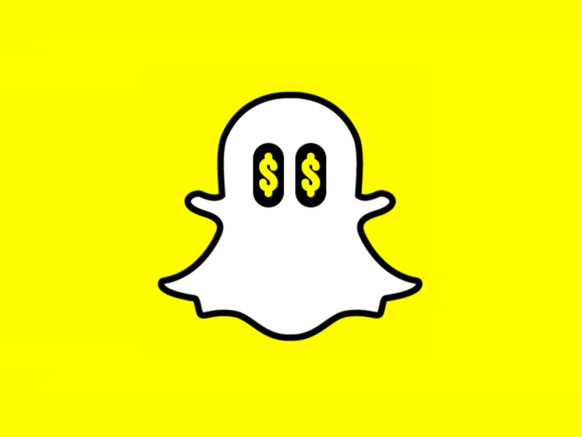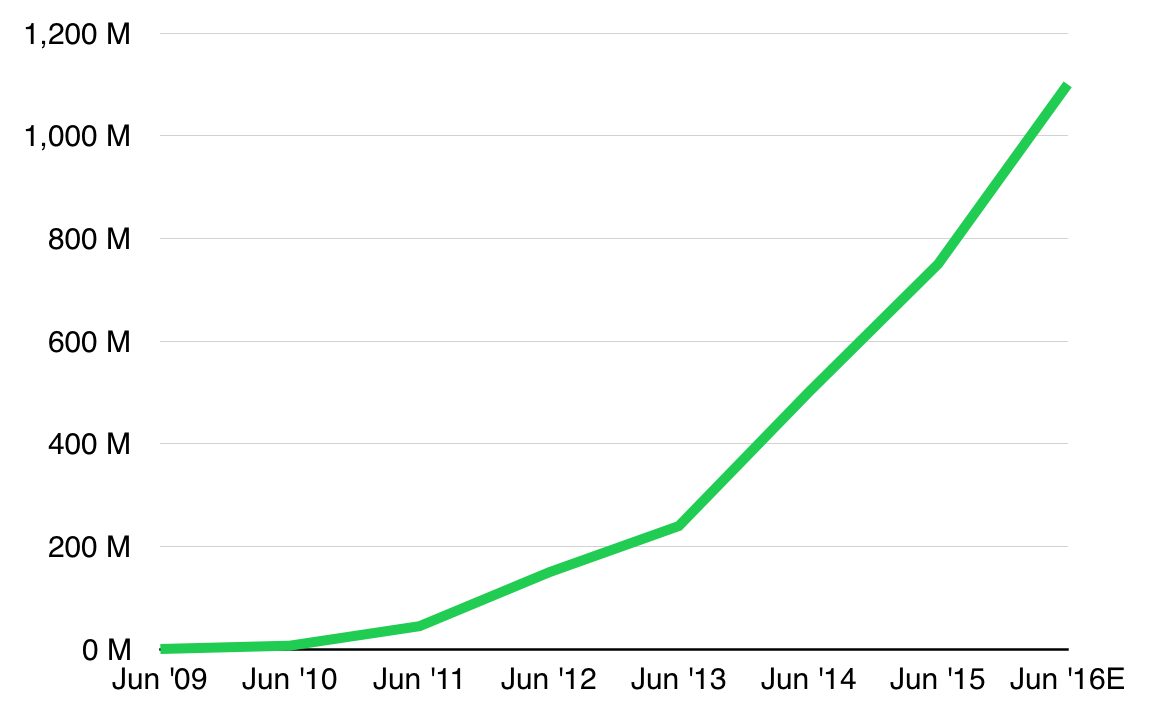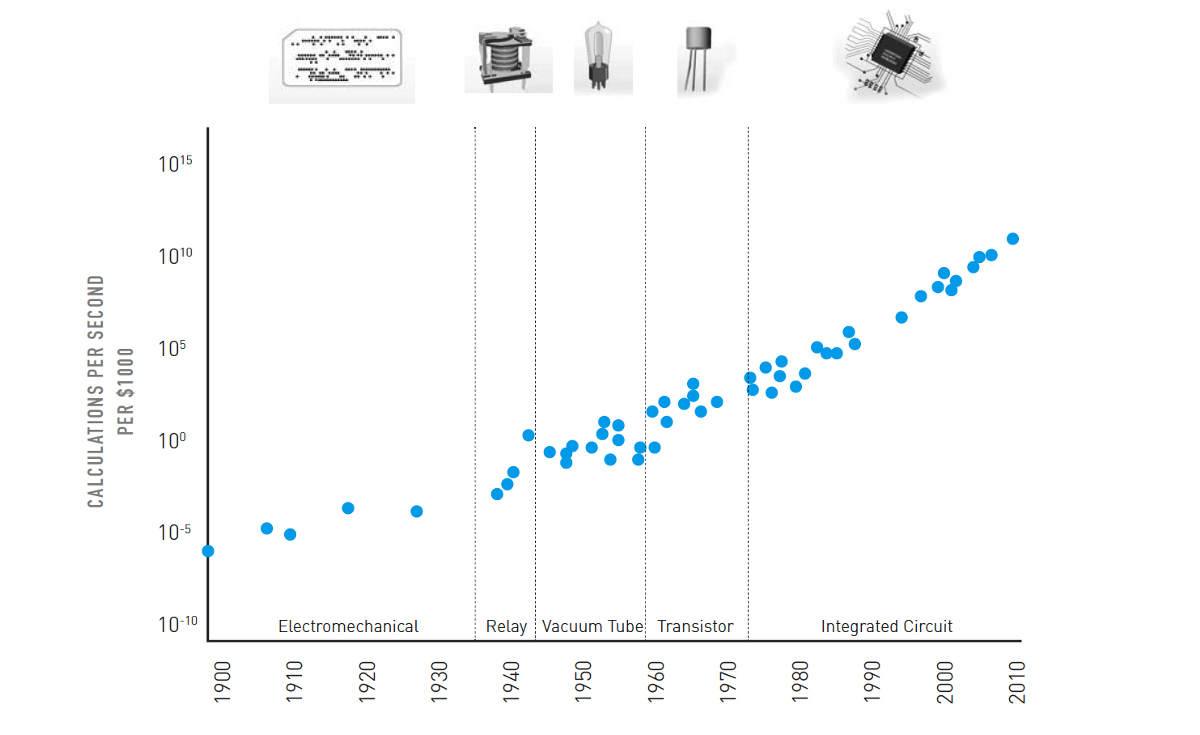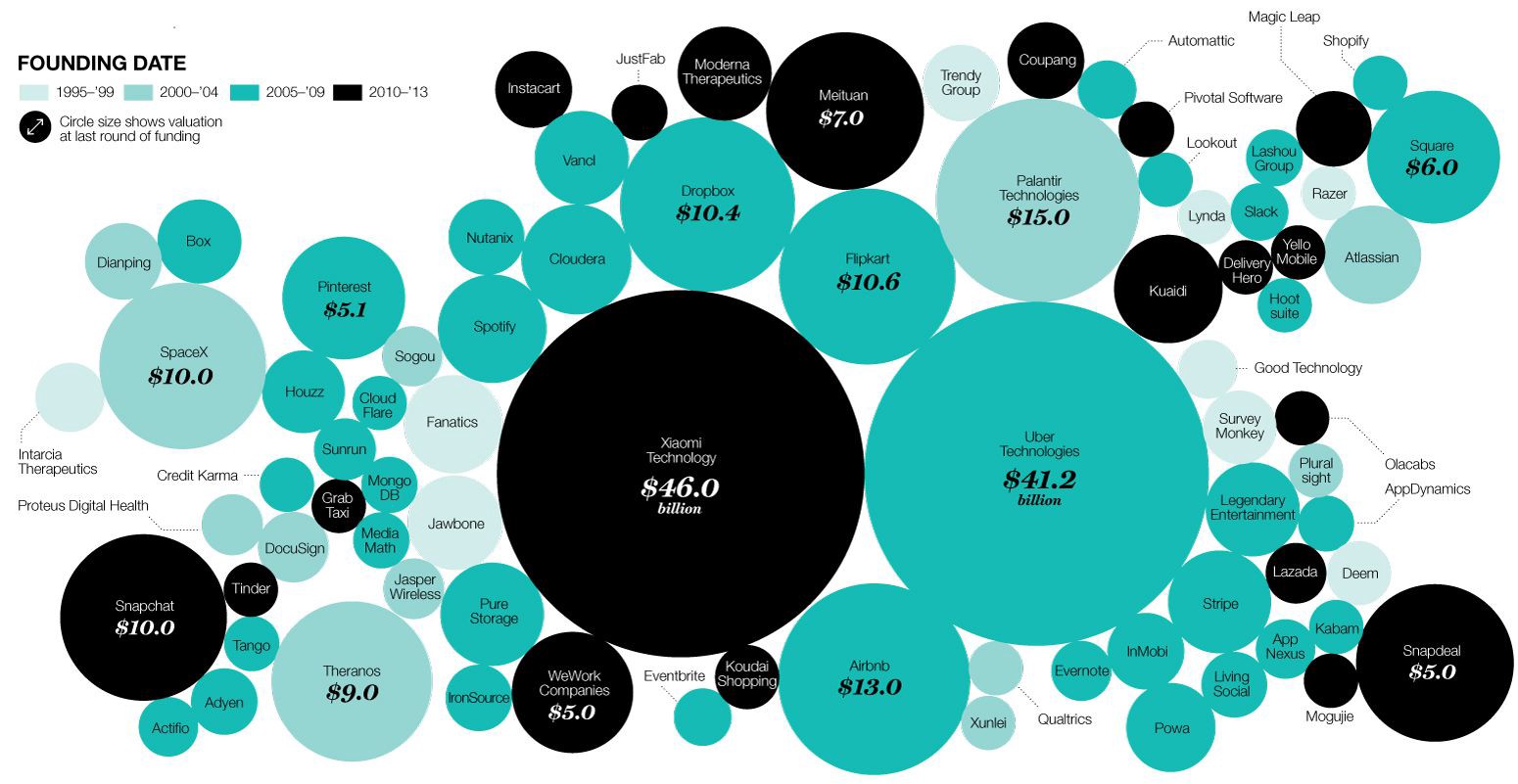Market Snapshot
| Indices | Week | YTD |
|---|
In a shot heard around the World, British voters unexpectedly chose to leave the European Union by a 52-48 margin on Thursday. What came as a shock to the politicians and pundits is probably “Exhibit A” in why it happened — the ruling elite lost touch with what ordinary people care about.
The divorce will take at least a couple of years and will undoubtedly cause some additional pain as it is sorted out. There will likely be aftershocks from other disgruntled EU Partners like the Netherlands and perhaps France.
While voters were split on the decision, global markets were decidedly negative, hemorrhaging approximately $2 trillion in the 24 hours following “Brexit.” The British Pound suffered a record one-day plunge to a 31-year low, and money poured into safe-haven gold and government bonds. Oil prices slumped 5% amid fears of a broader economic slowdown.

Snap judgements make for good sound bytes but they are typically short on insight. Similar doom and gloom forecasts were made when the United Kingdom elected to forego the Euro and keep the Pound in 1992.
The broader picture reveals that since Britain joined the European Economic Community in 1973 — the precursor to the EU — the 28 countries that now make up the EU represented 36% of the World’s economy. Last year it was 17%, and falling. At the same time, challenging dynamics have emerged for member countries with vastly different economic needs.
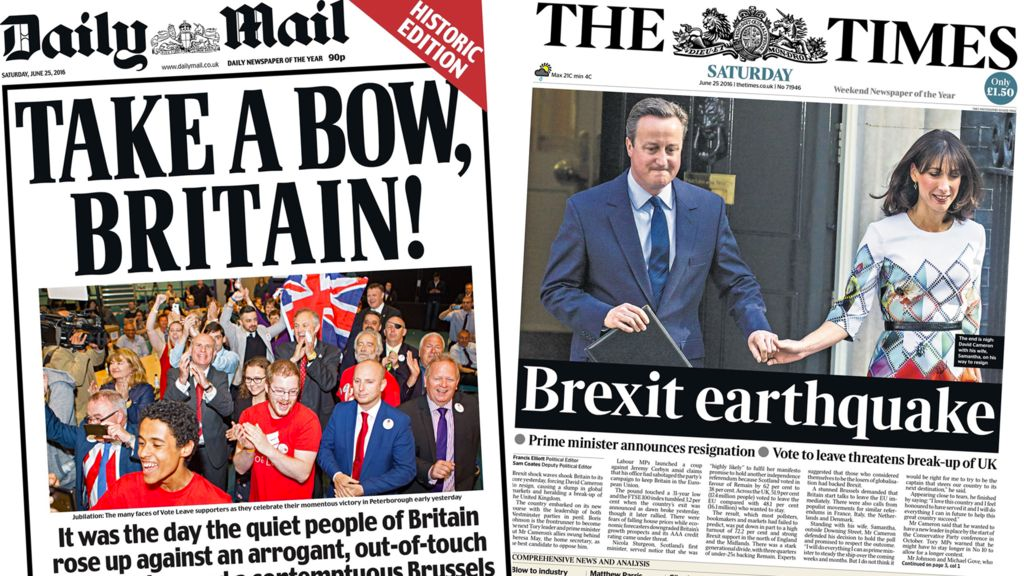
What’s been made clear by the “experts” and elites is that if you don’t agree with them on the dire implications of Brexit, you’re an idiot. What’s less clear are the explicit reasons why Britain’s decision to distance itself from a dysfunctional European family will harm the average Brit in the long run. The referendum may indeed prove to be a massive unforced error, but we’ll reserve judgement as the path forward begins to come into focus. Stay tuned for a “Texit” debate in the United States.
SNAPCHAT SNAP JUDGEMENT
Silicon Valley and the global innovation economy more broadly have been no stranger to snap judgements — particularly in early 2016, with NASDAQ dropping nearly 10% from January 1st to February 11th, before ending up flat for the first quarter.
We have also seen markdowns across the board for private companies. The good news is that this dynamic enabled us to acquire shares in Spotify in the fourth quarter of 2015 at a nearly 25% discount to the company’s Series G financing earlier in the year. The bad news is that we have recorded some near-term markdowns to our portfolio for GSV Capital. (Disclosure: GSV owns shares in Spotify)
An example of this trend is Snapchat, where we made a recent investment. Last fall, Fidelity Investments marked down its position in the company by 25%, only to mark it up again 15% in December. In March, Fidelity invested $175 million in Snapchat at a flat valuation to its previous financing. (Disclosure: GSV owns shares in Snapchat)
Founded in 2011, many were ready to write off Snapchat as it quickly ascended to the growing ranks of Unicorns. The conventional wisdom was that the company would disappear as fast as a “Snap” — the company’s signature self-destructing message format.
Instead, Snapchat’s surging popularity is beginning to redefine modern media.
Today, the company has well over 100 million daily users uploading 9,000 photos per second and watching a mind-blowing 10 billion videos per day, up from just two billion in May 2015. Users spend nearly 30 minutes on the app per day and over 66% of users share new content every day.
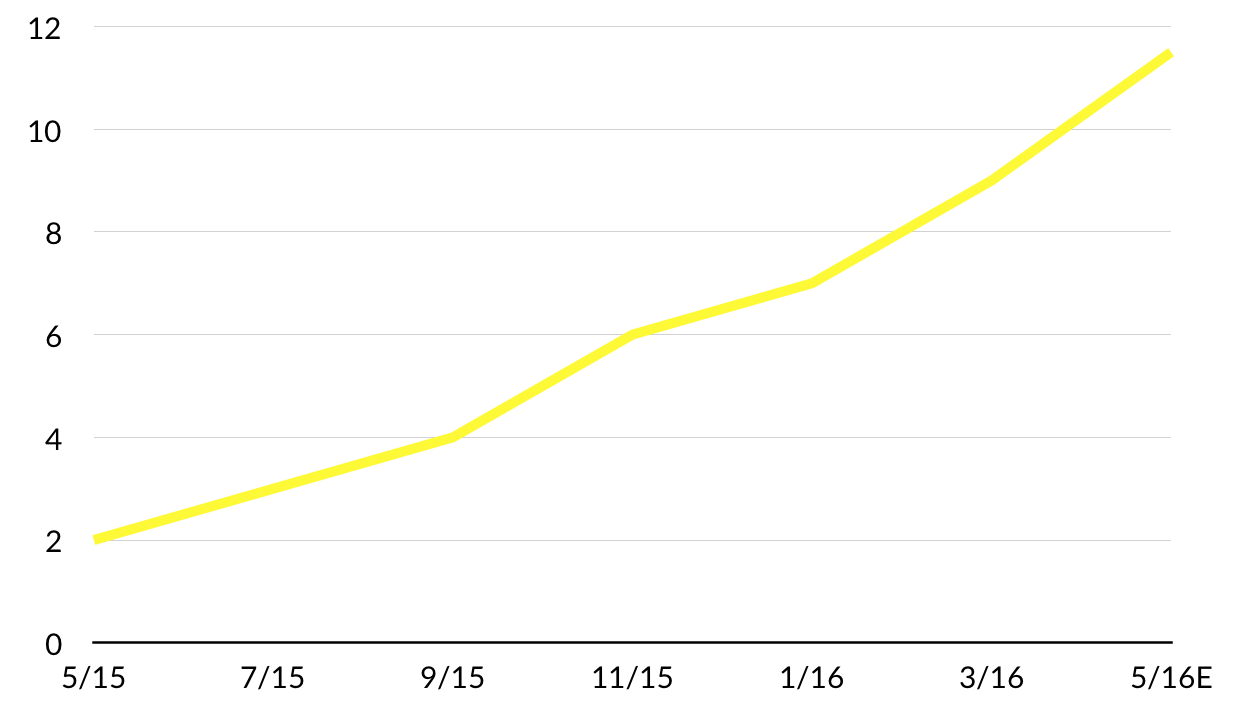
While Facebook has grown to over 1 billion daily active users, it is increasingly becoming a utility — a news aggregation platform — rather than a dynamic social network. Users are sharing less and less of their own pictures and videos, and instead are reposting, commenting and liking what’s trending on the web. The Information reports that as of mid-2015, total sharing had declined by about 5.5% year over year while “original broadcast sharing” was down 21% year over year (Disclosure: GSV owns shares in Facebook).
THE FOUR “P’s”
We evaluate investment opportunities like Snapchat through a lens that combines the Megatrends that we highlighted with company-specific attributes — an approach we call the “4 Ps”.
The first “P” is for “People” and it is the most important “P” by far. There is no shortage of interesting ideas, but it’s always the TEAM’s ability to execute against the opportunity that determines success or failure. Our experience is that “winners” find a way to win and attract other winners.
The Second “P” stands for “Product.” We want to support companies that are leaders in what they do, have a proprietary product or service, or better yet, a “one-of-a-kind” type of business. Said another way, a company needs to have a claim to fame. “Me too” enterprises are of no interest to us.
Technology, in general, and the Internet, in particular, are all about disproportionate gains to the leader in a category. We want to back businesses that not only survive, but thrive, during their corporate evolution.

The Third “P” is for “Potential” — how big can the company become? Determining total future market potential is a pillar of our research. Megatrends influence our analysis as they provide “tailwinds” to accelerate growth. Often, the companies with the most potential are where the biggest problems are —the bigger the problem, the bigger the opportunity.
The last “P” is for “Predictability” — how visible is the company’s growth and what kind of operating leverage does it get with scale? For most new enterprises, having any degree of confidence in the forecast is a challenge. But we are looking for business models that create predictability, whether it’s through recurring revenue or a clear articulation of operating metrics that drive the business.
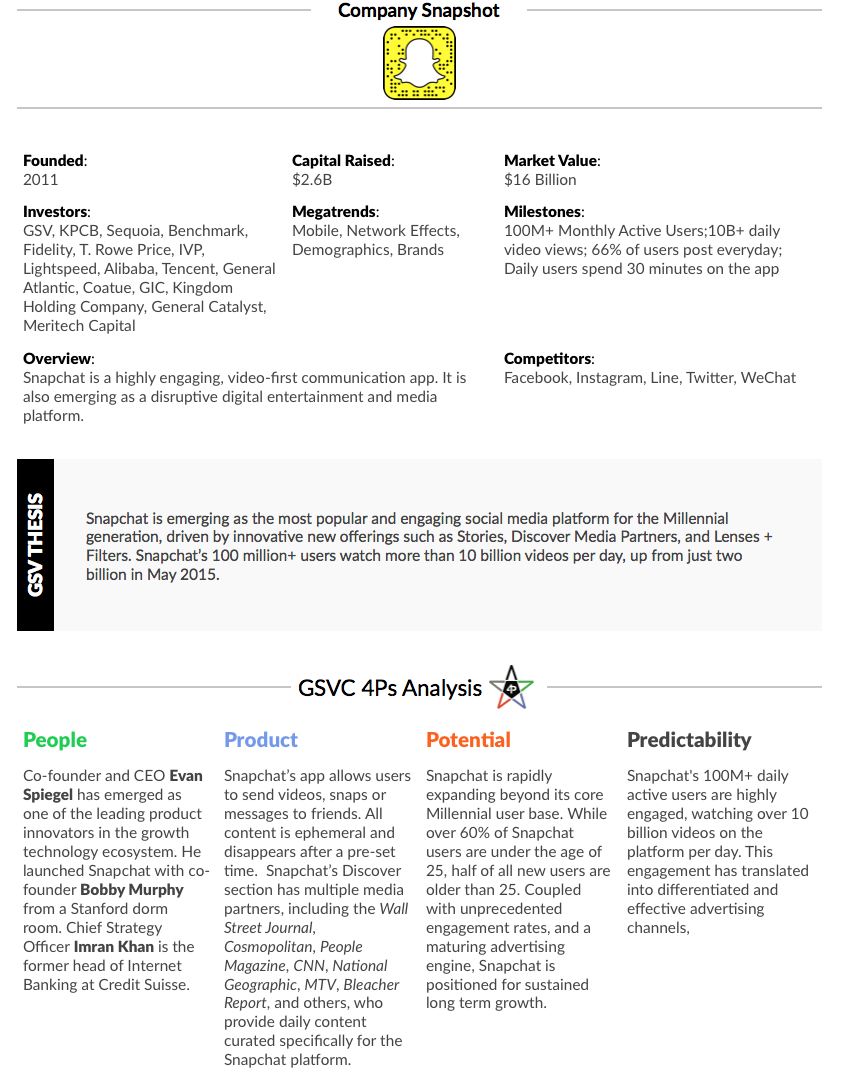
PEOPLE
Snapchat CEO Evan Spiegel met co-founder Bobby Murphy at Stanford, where they eventually became roommates. Spiegel recalls in interviews that he would often ask Murphy for help with computer science projects. Murphy remembers being impressed with a line of shirts that Spiegel designed for their fraternity (Spiegel would later draw the iconic “ghost” icon).
Before working on Snapchat, Spiegel and Murphy collaborated on a Web product, Future Freshman, a guide for high school students applying to college. The product failed to gain any meaningful traction, however, and the founders went back to the drawing board.
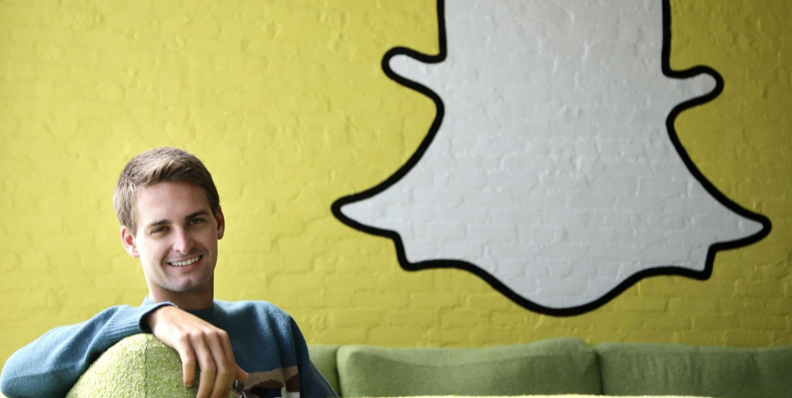
In July 2011, they launched Snapchat — originally named “Picaboo” — inspired by a friend who lamented sending a photo in a text message that he would never be able to erase. By the end of the summer, it had only 127 users.
The turning point was a decision to take Snapchat from a clunky desktop computer program and instead focus entirely on building a mobile app. By the Spring of 2012, Snapchat had over 100,000 users and the app was going viral, particularly among young Millennials. On any given day, app activity spiked between 9:00AM and 3:00PM — in other words, among high school students.
A year later, Mark Zuckerberg reportedly approached Snapchat with what seemed a like a preposterous $3 billion acquisition offer. Even more preposterous? Spiegel turned Zuck down, despite estimates from Forbes that suggest Spiegel and Bobby Murphy were forgoing a $750 million windfall.
Today, Snapchat is valued at $16 billion, and the company is assembling a team to grow into and beyond its valuation. Despite recent attrition as Evan Spiegel assembles his senior leadership team, recent key hires include Chief Strategy Officer Imran Khan, the former head of Internet Banking at Credit Suisse, and Vice President of Product Tom Conrad, the former CTO of Pandora.
PRODUCT
Unlike Facebook, Twitter, or Instagram, the first thing you see when you open Snapchat isn’t a massive feed of information. It’s a camera. (Disclosure: GSV owns shares of Facebook and Twitter)
That’s on purpose, and it’s at the core of Snapchat’s strategy. The whole idea behind the app is to drive users to create content and share it — even if it’s just goofy videos. The push toward creating content as a vehicle to ultimately drive content consumption has paid off, with over 10 billion videos viewed on the platform per day.

The Snapchat platform is built on three core pillars:
- Private Messaging: At the center of the Snapchat platform is its signature private photo messaging interface, where messages are automatically deleted after they are read by the recipient. For the first-time user, Snapchat doesn’t look or feel like a normal form of communication. Open the app, and you’re greeted with a full-screen viewfinder that looks a lot like your phone’s regular camera app. This is where committed users upload and send over 9,000 photos per second, annotating them with emojis or doodles, or applying one of Snapchat’s constantly changing collection of “filters”.
- Stories: Swiping right gets you to “Stories”. These are short video clips that run in a series and disappear, typically within 24 hours. You, your friends, and people you follow, can share stories.
- Discover: Swipe right again and you’ll find Snapchat’s “Discover” channels. Each channel is produced by established media brands such as CNN, ESPN, the Wall Street Journal, Vice, and BuzzFeed, and they offer engaging short-form content optimized for the Snapchat platform.
Snapchat has developed a variety of advertising products that align to these three core areas of engagement.

PREDICTABILITY
The best growth companies have high predictability and gain operating leverage as they continue to achieve economies of scale. This is often a major challenge for young, fast-growing businesses. Snapchat’s growth, and increasingly its predictability, has been fueled by the creation of differentiated, highly effective advertising channels that map to its core areas of user engagement.
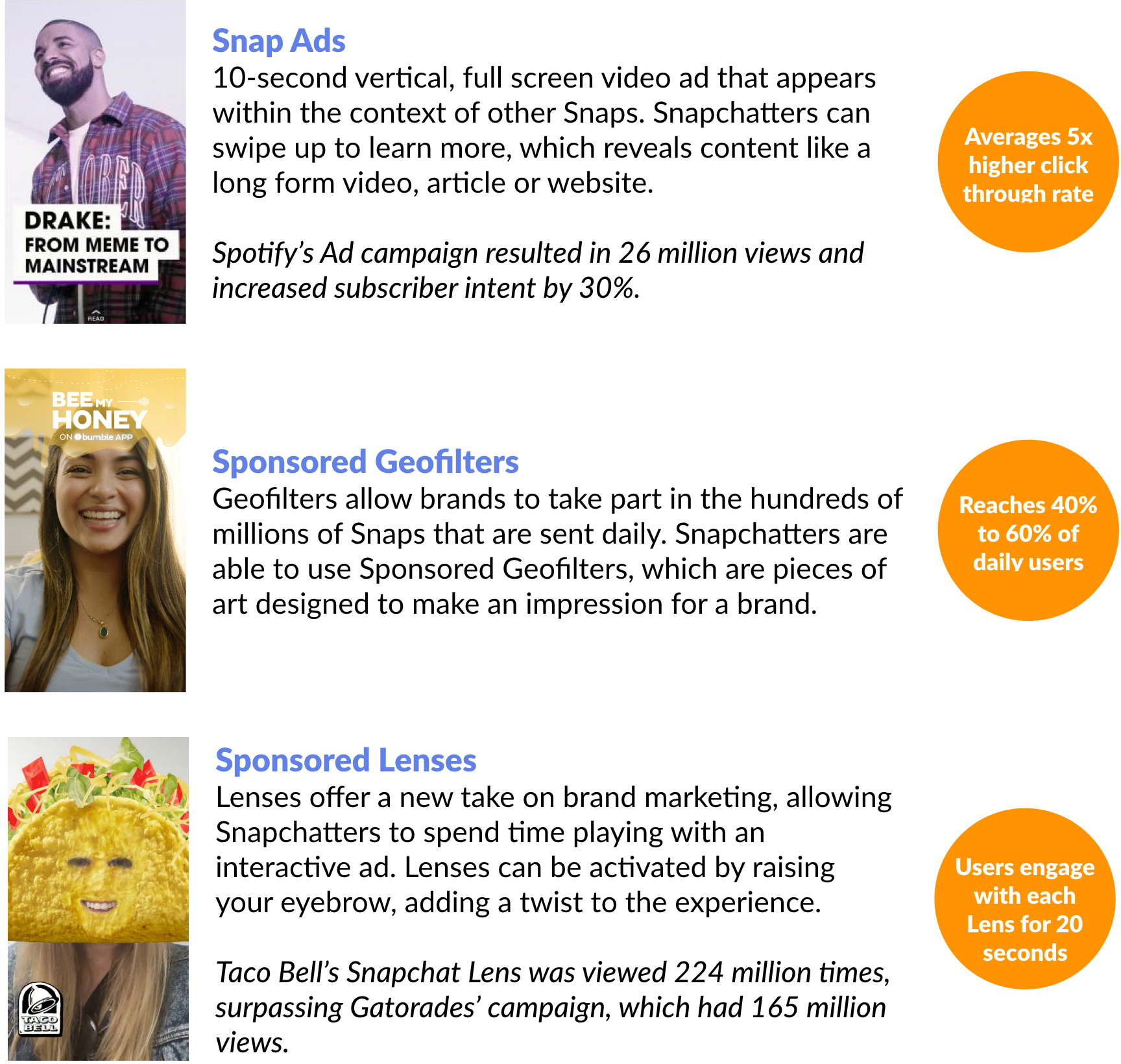
A proxy for Snapchat’s impressive level of engagement is that the company’s CPM — cost per thousand clicks — has been way above comparable social media platforms. In some cases, CPM rates that the company charges advertisers has been in the $40-60 level, which is competitive with TV advertisements, according to Adweek. Facebook, by contrast, has CPMs in the $6.00 range, and most other social media sites have CPMs of around $2.00.
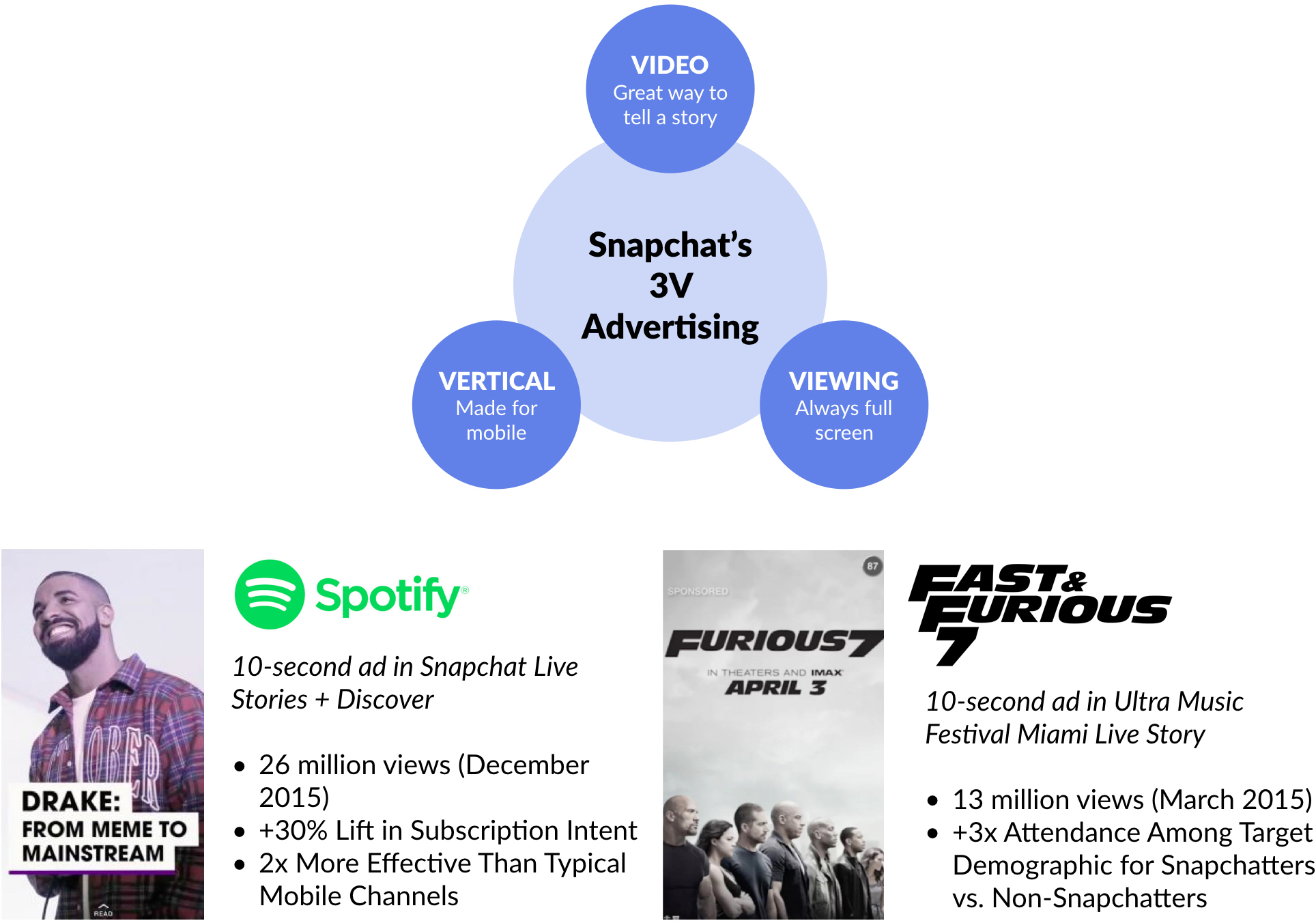
Recently, Snapchat worked with MediaSciences to study the effectiveness of its various advertising vehicles. The results showed that Snapchat ads generated 2.0x the visual attention compared to ads on Facebook, 1.5x compared to Instagram, and 1.3x more than on YouTube. (Disclosure: GSV owns shares in Facebook and Alphabet)
On the recent Cinco de Mayo holiday, for example, Taco Bell’s sponsored “Lens” was viewed more than 224 million times by Snapchat users, surpassing Gatorade’s Super Bowl campaign which was viewed 165 million times a few months earlier. The average user engaged with Taco Bell’s lens for 20+ seconds before sharing it with friends.
This month, Snapchat announced the launch of “Snapchat Partners”, its long-anticipated advertising API, which will hook up more than 20 tech-minded companies. The API is expected to expand advertising on the platform dramatically.
For the first time, Snapchat advertisements will be sold by third parties, divided into two core groups: “Ads Partners” and “Creative Partners”. The first group will develop software for Snapchat advertisers, enabling buying, optimizing and analyzing of campaigns. Ads Partners includes 4C, Amobee, VaynerMedia, Brand Networks, SocialCode, TubeMogul, Adaptly, and Unified. The Creative Partners represent a mix of players with expertise in social content and experience with Snapchat’s vertical-video format. (Disclosure: GSV owns shares in 4C)
POTENTIAL
According to Nielsen, on any given day, Snapchat reaches 41% of all 18 to 34 year-olds in the United States. Importantly, the company is rapidly expanding beyond its core Millennial user base. While over 60% of Snapchat users are under the age of 25, half of all new users are older than 25. We see a few key dynamics driving Snapchat’s long term potential beyond a broadening demographic footprint.

Marketing Validation
Over the past 12 months, the Snapchat has locked in 10 partnerships with independent firms to measure the effectiveness of its advertising channels. Findings from a recent research initiative with Oracle’s data cloud division show that the company’s marketing tools can boost in-store sales — including 92 percent of ads for consumer packaged goods from deodorant to breakfast cereals. As Snapchat continues to generate transparent metrics around the effectiveness of its marketing engine, it will continue to lock in high profile, lucrative advertising deals.
AR/VR
The rise of consumer Augmented and Virtual Reality (AR/VR) aligns directly Snapchat’s long term engagement strategy. Applying interactive “Lenses” to photos has already proven to be wildly popular — AR/VR enables the expansion of this capability.
In recent months, Snapchat has acquired Vengeance Labs (creates eyeglass frames that record videos of what the wearer sees) and Seene/Obvious Engineering (computer vision startups that let’s mobile users take 3D “selfies”. The company has also been on a hiring spree, adding hardware executives from GoPro, Google Glass, Nokia, HoloLens, and Qualcomm. (Disclosure: GSV owns shares in Alphabet)
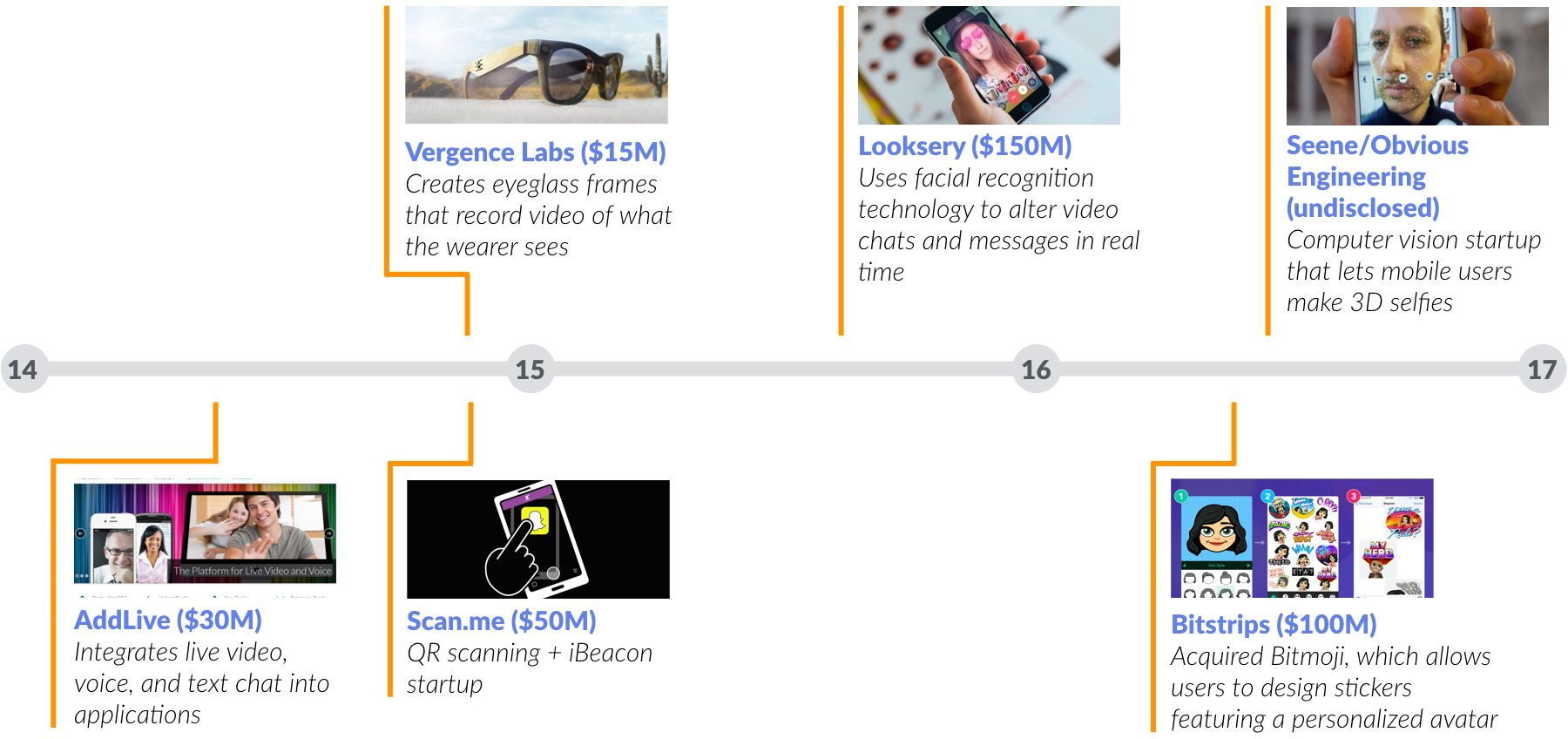
Source: New York Times, VentureBeat, Company Disclosures, GSV Asset Management
—
U.S. stocks were down for the week after a Freaky Friday following “Brexit”, with NASDAQ falling 2%, and the S&P 500 and the Dow both off 1.6%. Year-to-date, the S&P 500 and the Dow are both slightly negative, with NASDAQ down approximately 6%.

In an unexpected divorce, Softbank announced last week that Nikesh Arora, an heir apparent to Masayoshi Son, was leaving the Company. While Nikesh was aggressively doing deals around the globe — including in his native India — anonymous, disgruntled shareholders voiced their displeasure in his seemingly free rein. Softbank’s loss will surely be somebody else’s enormous gain.
There were two IPOs last week, including Twillo, which popped 92%. Five IPOs are expected this week, with things picking up a bit.
In M&A Activity, Tencent bought Finnish game company Supercell for $10 billion and Twitter bought Magic Pony Technology for $150 million. (Disclosure: GSV owns shares of Twitter)
The volatility that is present in the Market continues to create opportunities for the long term growth investor. Accordingly, we will continue to focus on picking up shares in the best growth companies as they go on “sale”.
